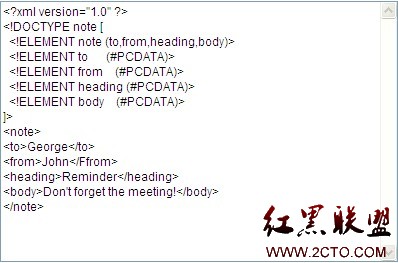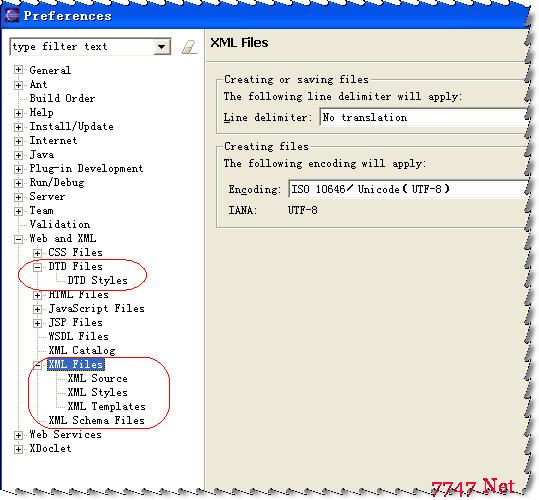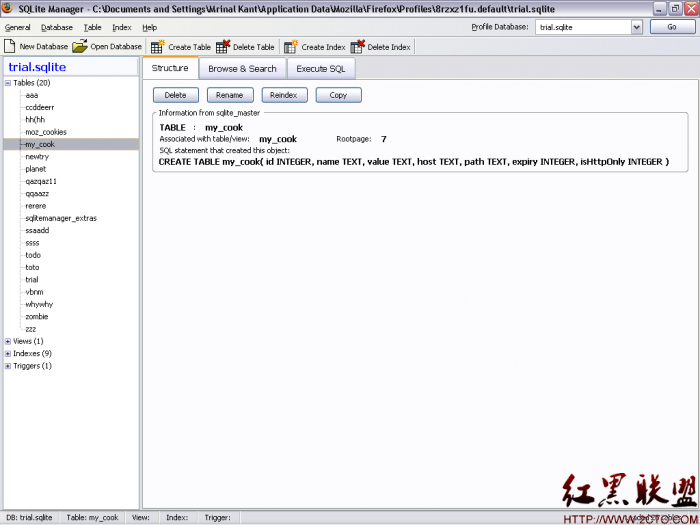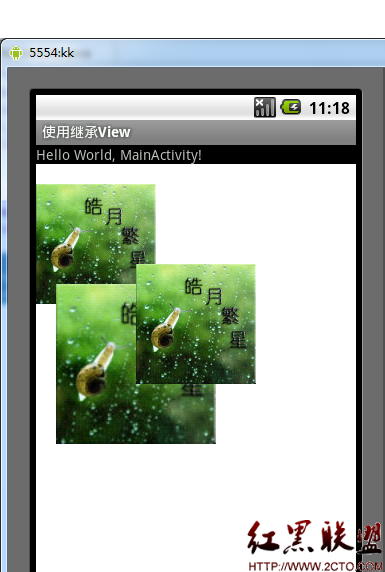1-Overview of UML
Note : This is an extract from Wikipedia, the free encyclopedia
Overview of UML
A collage of UML diagrams.
Unified Modeling Language (UML) combines techniques from data modeling (entity relationship diagrams),business modeling (work flows), object modeling, and component modeling. It can be used with all processes, throughout thesoftware development life cycle, and across different implementation technologies. www.zzzyk.com
The Unified Modeling Language (UML) offers a standard way to visualize a system's architectural blueprints, including elements such as:
activities
actors
business processes
database schemas
(logical) components
programming language statements
reusable software components.
UML has synthesized the notations of the Booch method, the Object-modeling technique (OMT) and Object-oriented software engineering (OOSE) by fusing them into a single, common and widely usable modeling language. UML aims to be a standard modeling language which can model concurrent anddistributed systems.
UML models may be automatically transformed to other representations (e.g. Java) by means ofQVT-like transformation languages. UML i易做图tensible, with two mechanisms for customization: profiles and stereotypes.
补充:综合编程 , 其他综合 ,





